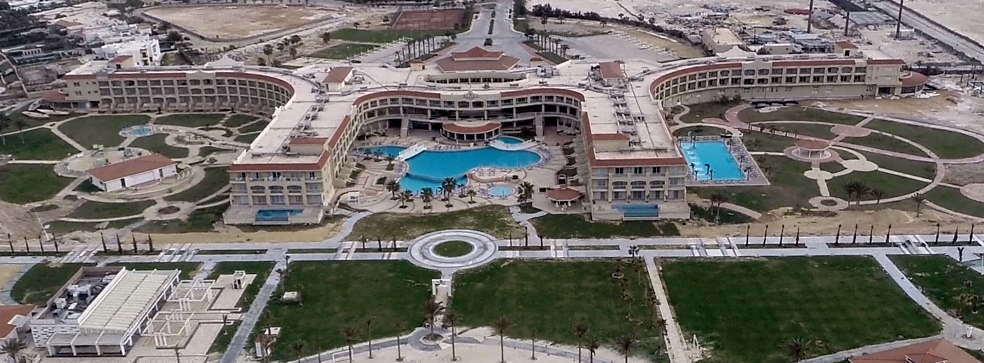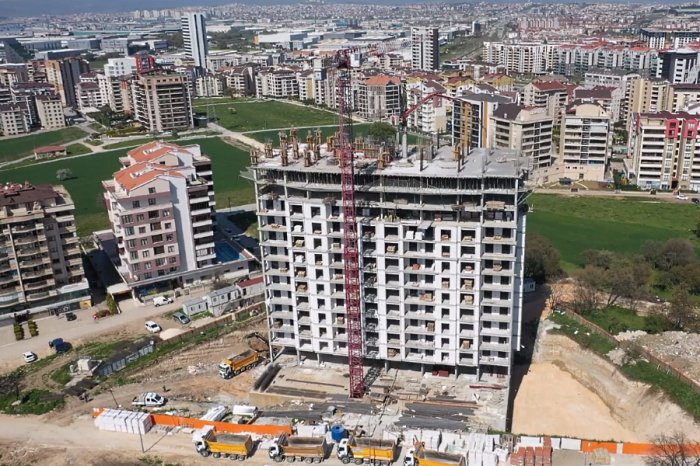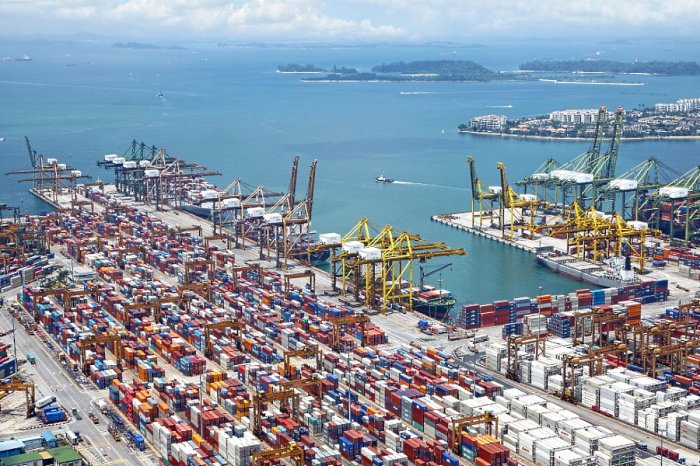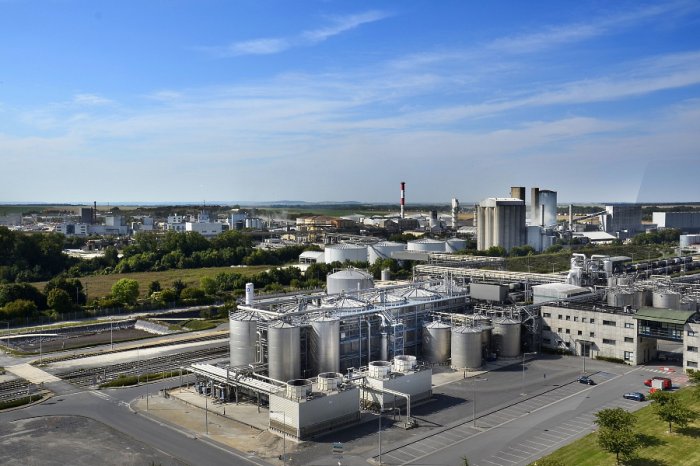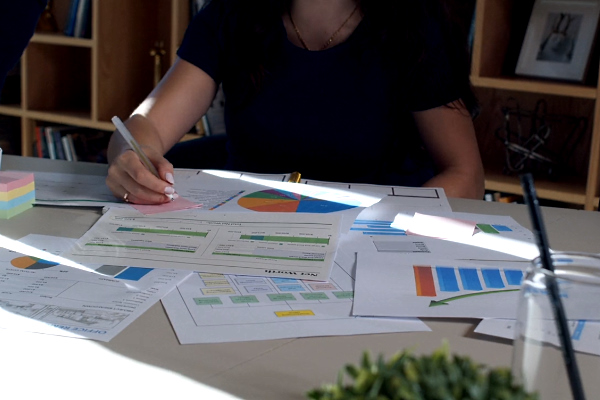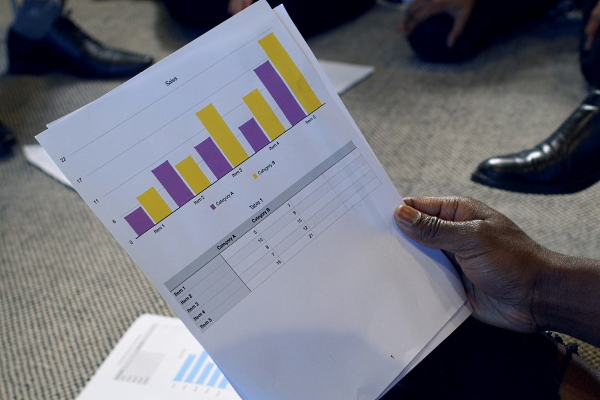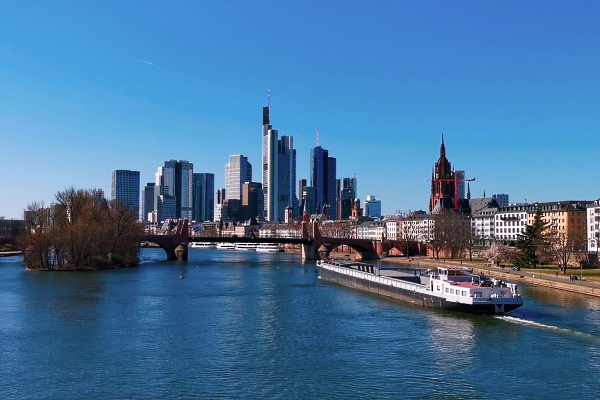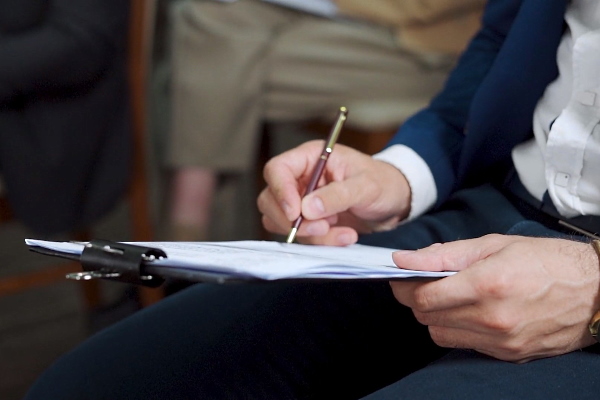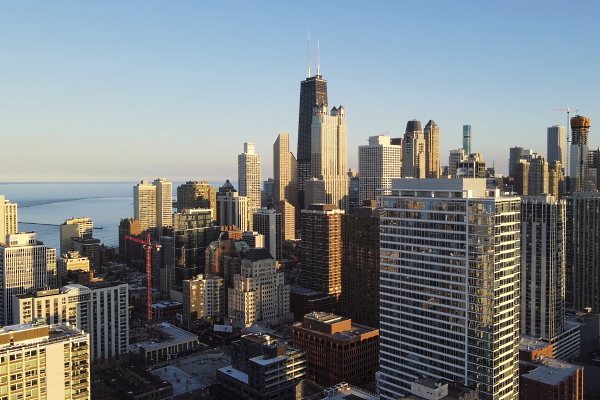To consider an application for financing, fill out the form and send it to us by e-mail along with the project brief, or contact our experts
Such an investment project takes at least 2-3 years.
Given the repayment schedules of borrowed funds, project sponsors should seek long-term funding for a period of 12 to 15 years or even more.
Lenders, investors and initiators of a hotel project seek to enter the business on the most favorable and safe terms, including minimizing any project restrictions and credit risks. It is obvious that a comprehensive professional study of the project and complete mutual understanding between the participants lay the foundation for making successful investment decisions.
Link Bridge Financial LTDA offers long-term financing for the construction and modernization of hotels around the world.
Our team also provides a full range of services in the field of project finance (PF), investment engineering and consulting.
Fundamentals of investing in hotel business
Based on the investment costs and the contribution of the initiator to the investment project, the financial team builds a rational structure for financing the hotel business.The structure of financing projects of hotels and tourist complexes can be quite diverse, depending on the type of project, its goals, risk level, financial needs and other factors.
Often, banks offer various project finance solutions to finance hotel projects. This is a special type of financing that isolates the assets and debts of the project from its initiators. In essence, this means the establishment of a new legal entity (Special Purpose Vehicle, SPV), which will have its own assets, independently settle accounts with creditors, and be fully responsible for project debts.
Banks, realizing the long period of financing and the high uncertainty associated with it, are trying to minimize long-term loans and reduce the maturity of the debt.
Such approaches include dividing the financing plan into an investment loan and a revolving loan.
Another widely used method of shortening the terms of financing is the issuance of a short-term loan for the period of investment. If the investment project is carried out in accordance with the original business plan, the short-term loan will be repaid by the leasing company that is built into the investment project (leaseback).
Another way to reduce credit risk is to provide a so-called balloon loan. A balloon loan is usually issued for half the term of an investment loan. If a company applies for an investment loan with a maturity of 12 years, the applicant can receive a balloon loan with a 6-year financing period.
With a shorter financing horizon, this type of loan gives the bank greater confidence in the market and the economy going forward. Less risk means cheaper funds.
At the end of the first financing period, under certain conditions, the loan agreement opens up opportunities for continuing cooperation for a further period (in our case, this is another 6 years).
This option is used by banks when a hotel project reaches predetermined targets during the first funding period. Otherwise, the loan agreement ends and the company has to repay the remaining debt, usually 50% of the loan.
There is a long list of assets and schemes to secure a loan.
Typically, the bank expects collateral that is more expensive than the loan provided, usually in a ratio of 3:2 or 2:1.

The list of instruments that can be used to secure an investment loan includes the following:
• Land for the construction of a hotel.
• The hotel under construction and its infrastructure.
• Highly liquid movable property of the borrower.
Banks can also accept various types of loan guarantees and require the borrower to limit the payment of dividends and other active actions to ensure debt repayment.
An important role in financing projects is played by the contribution of the initiator. The more funds the borrower allocates for his own project, the easier it is to get an investment loan. Given the uncertain situation in the sector, today banks require a minimum of 30-50% of the initiator's contribution to issue a large loan for the hotel business.
However, there are more profitable schemes for financing hotel projects, allowing companies to raise large funds with an initial contribution of the initiator at the level of 10%. To find out more, contact Link Bridge Financial LTDA consultants.
Cost of capital and efficiency of a hotel project
The structure of investment financing determines the cost of capital.This cost will include the cost of the loan specified in the agreement, the expected rate of return on equity (ROE) and the expected rate of return on capital obtained from alternative sources (eg venture capital funds).
The expected rate of return on equity is higher than the cost of debt because business owners expect above average returns on their capital. Returns at the level of the cost of borrowed funds with a high level of business risk would probably not satisfy project initiators.
This cost must also be higher than the so-called opportunity cost, i.e. the company's potential return on the best investment available to owners, excluding the hotel project. The expected rate of return on capital received from investment funds is the highest because these funds, having wide access to competing investment projects, will follow the goal of maximizing return on invested capital.
The weighted average cost of capital (WACC) for a hotel business can be calculated as follows:

A — cost of a bank loan;
a — share of the loan in the capital structure of the project;
B — cost of equity capital used in the project;
b — expected rate of return on equity;
C — cost of borrowed capital from other sources;
c — expected rate of return on capital raised from other sources.
The higher the WACC, the worse the return on investment.
Therefore, in the structure of financing hotel projects, the ratio of various sources of capital, depending on its cost, is important.
A very important indicator of project performance is the NPV (Net Present Value) ratio. It shows that at the assumed weighted average cost of capital (WACC), the cash flow generated during the loan period will be able to cover operating expenses and provide an adequate return on borrowed capital. If NPV is negative, such investments should not be made.
Another measure of return on investment is the internal rate of return (IRR).
This indicator must exceed WACC.
There is a simple relationship between these indicators. If IRR = WACC, then NPV = 0.
This means that, taking into account the time horizon of financing, the company will receive exactly as much money as it has invested.
This applies to both equity and debt.
One of the problems in financing hotel projects is to match the financing period to the type of assets that will be created (purchased) for these funds. Experience shows that the company's fixed assets should be financed from equity and long-term debt, while current assets can be formed from long-term debt and short-term financing.
Table: Fixed and current assets of a hotel project.
| Fixed assets | Current assets |
| Expensive assets with a long lifespan, including land, buildings, vehicles and other property. | Assets with a short life span, including furniture, building materials, and so on. |
| Long-term accounts receivable. | Short-term accounts receivable. |
| Long term investments. | Short-term investments. |
| Intangible assets. |
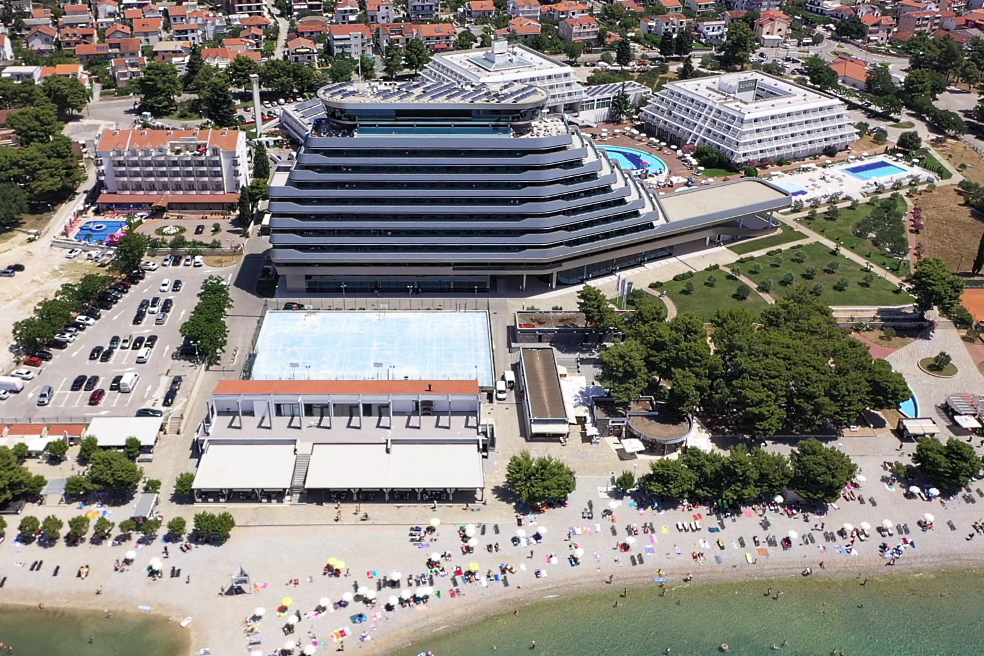
The role of investment consulting services in hotel business financing
More than 10 years of financing a hotel project is a very long period of time, which is associated with many risks.During this period, the economy of the country and the world market may suffer a crisis, and then the target parameters laid down in the investment plan will not be achieved.
The hotel business is assessed by banks and investors as particularly sensitive to economic and geopolitical factors.
This means that unforeseen circumstances (such as quarantine) can cause a sharp drop in demand for hotel rooms, a general decline in prices and financial results in the hotel business. All of this means debt service problems.
The sensitivity of the industry is explained by the fact that these unforeseen downturns can be deeper and longer than the average fluctuations in the global economy.
Most banks develop indicators that reflect the sensitivity of a particular sector of the economy in relation to average values.
The use of these indicators when evaluating a hotel project will improve the understanding of financial risk by participants and thus may lead to changes in credit requirements.
In developing countries, banks do not have up-to-date data on brands, locations, types of hotels and other niches. Therefore, in their financial projections, lenders refer to the situation in the industry as a whole. The goal of the project initiator is to convince the bank of the credibility of its plan.
The lifetime of investment projects in the hotel business reaches 35-40 years or more, depending on the type of project. During this period, the hotel is undergoing renovation and modernization, but those gross mistakes that could have been made at the stage of planning / implementing an investment project are extremely difficult to correct.
What if the initiator has no experience in the hotel business?
The best solution is to use the services of a company that specializes in investment engineering and consulting.
The LBFL team will conduct the necessary research, develop an optimal financing model and offer the necessary financial resources for the implementation of the hotel project.



